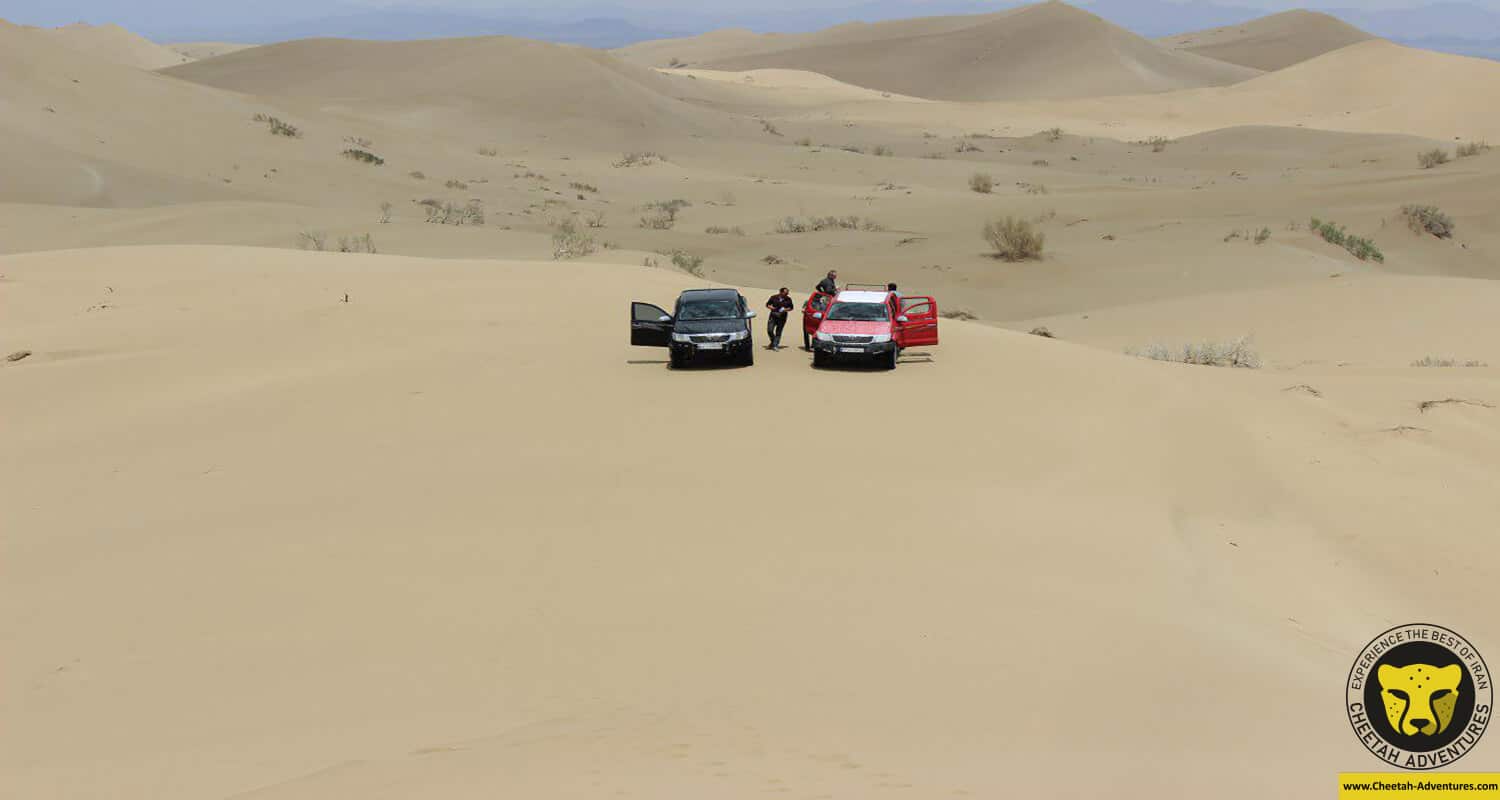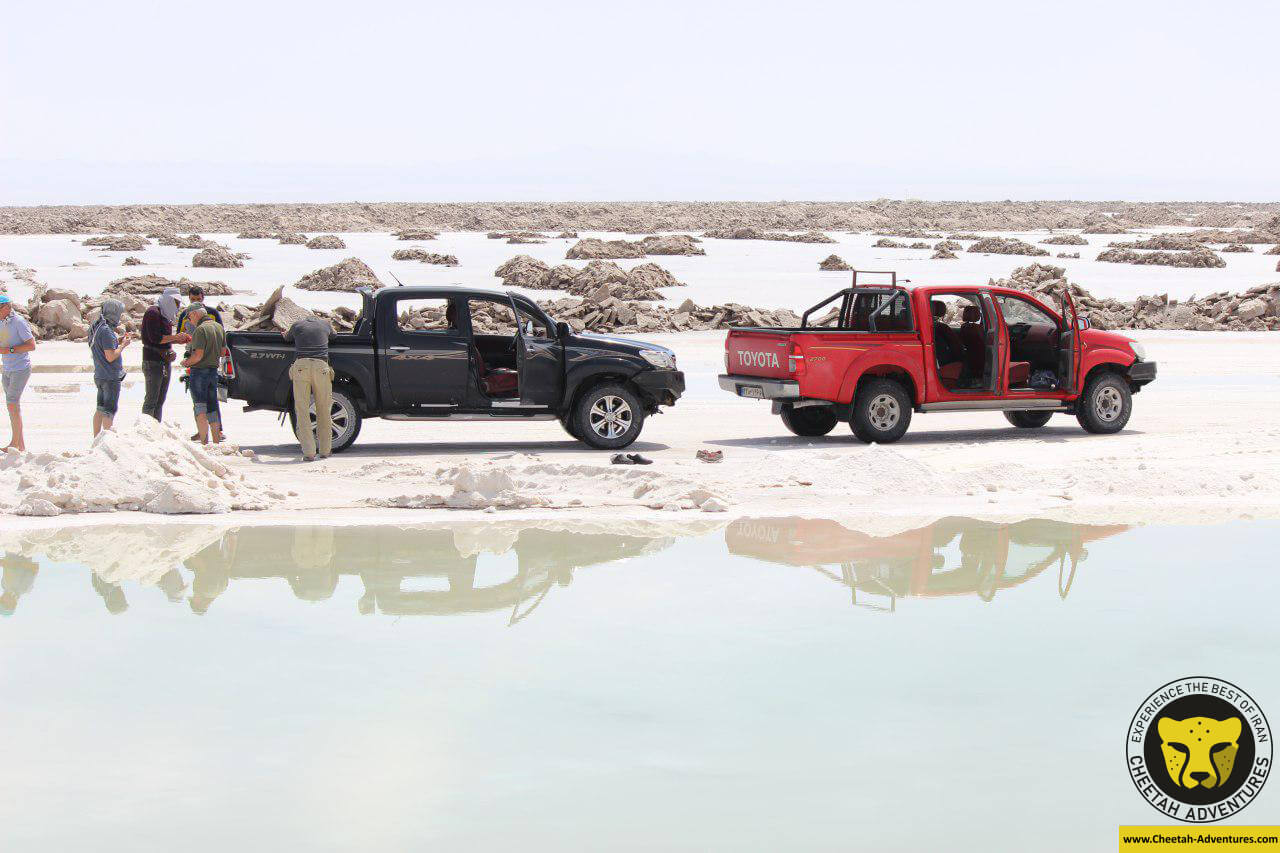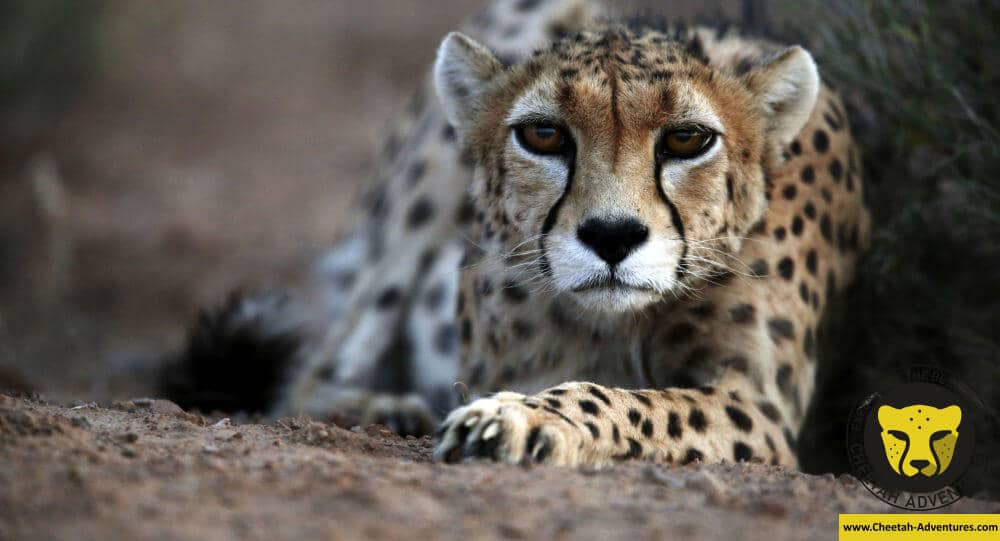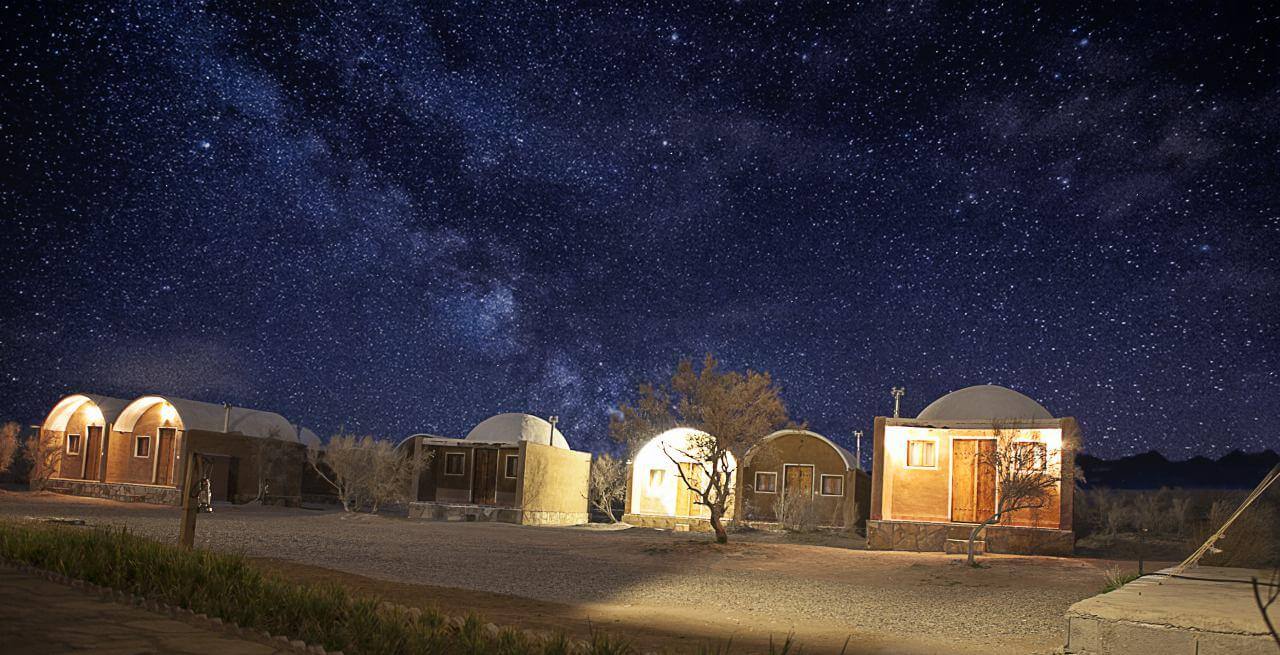Iran Deserts
Everything about Iran Deserts, Dasht-e kavir and Dasht-e Lut, Maranjab Desert, Mesr Desert, Facts & Informations, Weather conditions, Desert Tours, Required Equipment & …
Iran includes an overall area of 32,500,000 Hectares of deserts spread in 18 states.
Dasht-e kavir and Dasht-e Lut, including an area of 360,000 km², are the most famous deserts in Iran and two of the top most interesting yet undiscovered places in the country.
Lut desert is one of the hardest areas on earth to travel through. Some parts of this vast desert are completely devoid of living creatures including bacteria.
Visit unique desert attractions, and enjoy the sprawling desert landscape in Iran Desert Tours.
Dasht-e Kavir or the central desert
Dasht-e Kavir, 300km long and 400 km wide, is the largest desert located in the Iranian plateau.
Some of the most important parts of this desert include; dangerous swaps found in the southern and central parts, the areas covered by sand dunes, areas covered by clay and Himalayan black salt and the areas devoid of plant life .
In addition, craters resembling volcanic crates can be seen in the central parts of the desert, created as a result of rapid evaporation and low density of the soil. The lowest spot of Dasht-e Kavir is the northern part with 650 m of altitude above sea level and the highest spot, 838 m, is located north of Namak Lake and Biaybanak village.
Among the significant plant species of this region Alhagi, Acantholimon, Atraphaxis, Haloxylon,Tamarisk are mentionable . Various animal species such as gazelles, Pseudocerastes, Cheetahs, Rueppell’s foxes, Caracals, Sand cats, Persian Onager and Golden Eagles can be seen in this desert area.
However; the major part of Dasht-e Kavir is devoid of plant life and the ground is low, causing dreadful swamps after small amounts of rainfall. As a result, crossing the desert without prior research and thorough study of the wet season isn’t recommended.
During summer the temperature is around 60 degrees at noon and between 30 and 25 degrees at night. This temperature variation causes the rocks to crush. During the cold seasons, the temperature is between 13 and 17 in the morning and between -7 and 0 at night. The annual precipitation in the central desert is between 2 to 5 mm.
The Mesas in Dasht-e Kavir are among the most unique attractions of this vast desert. Mesa is a geological term for spots in the desert that are higher than the surrounding area with the peak being flat.
The erosion due to severe winds blowing in this area has flattened the peak of these hills over time, creating the fascinating phenomenon seen today.
Takht-e Aroos and Takht-e Abbasi are some of the most beautiful Mesas in this area. Located south of Dasht-e Kavir and in Isfahan province, Takht-e Aroos enchants every visitor with its beauty.













